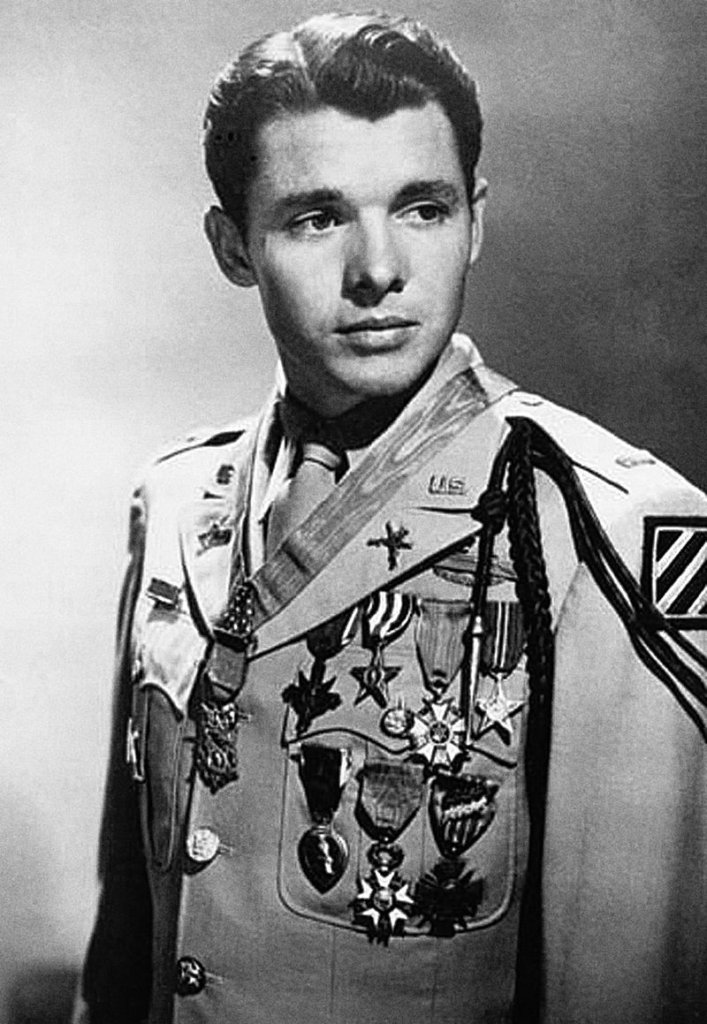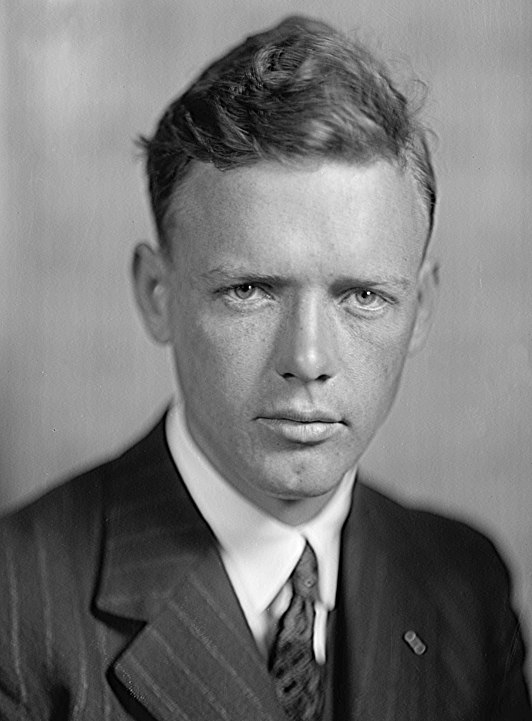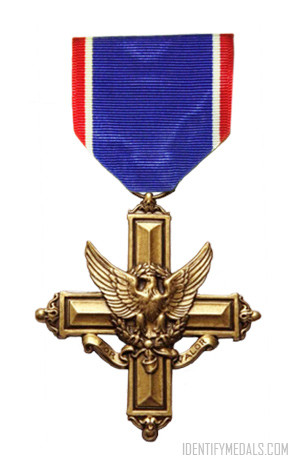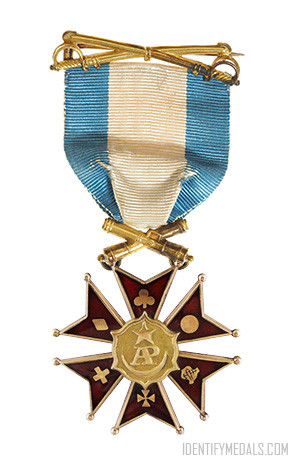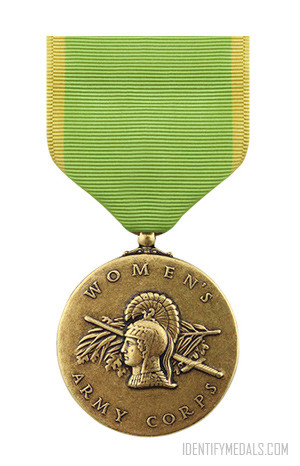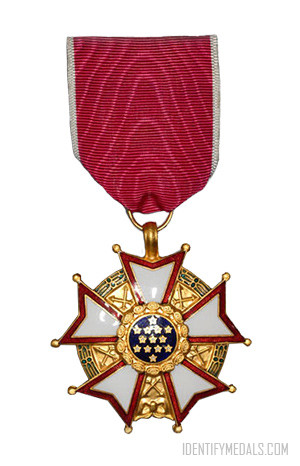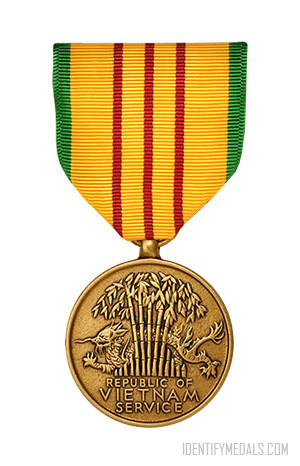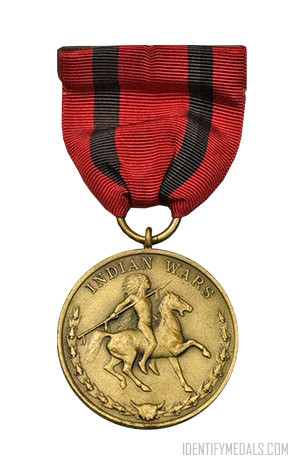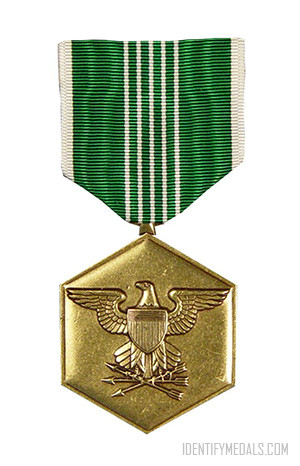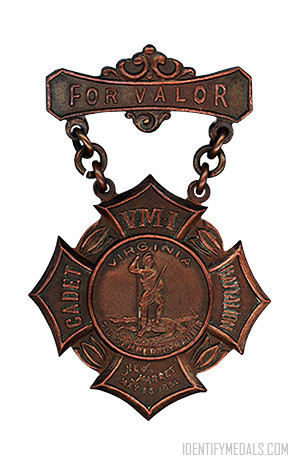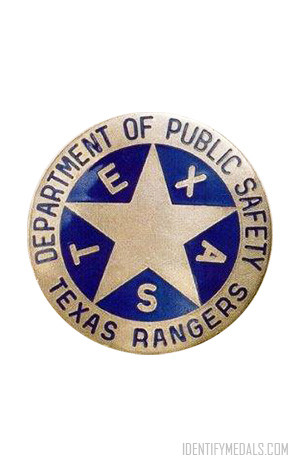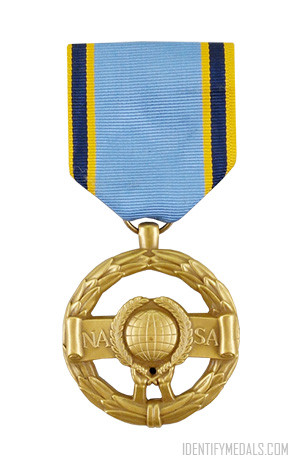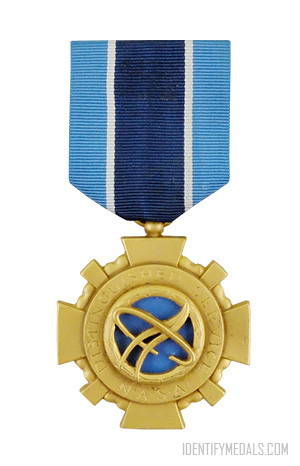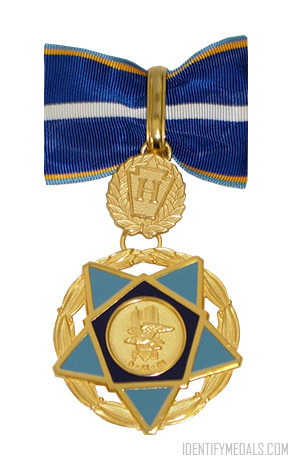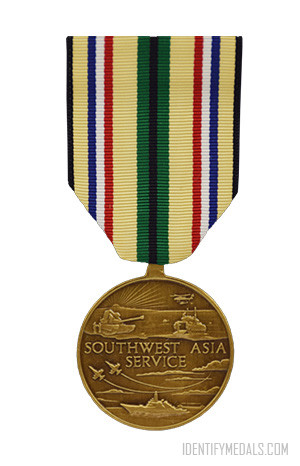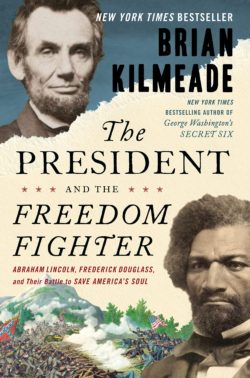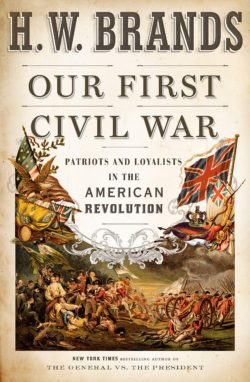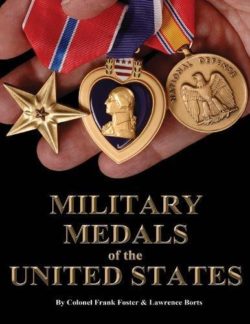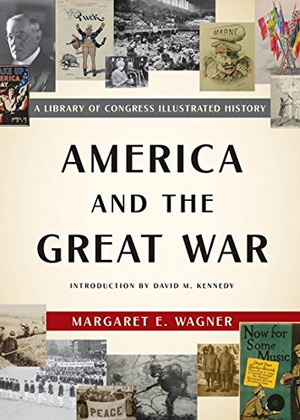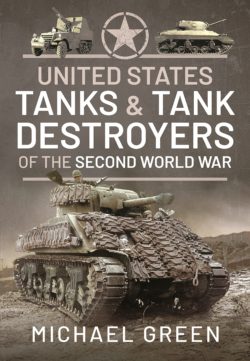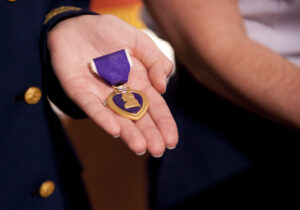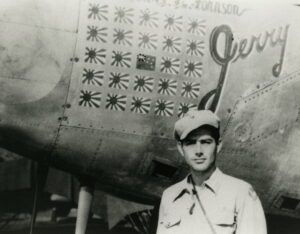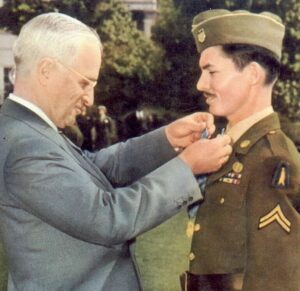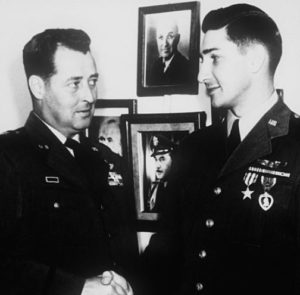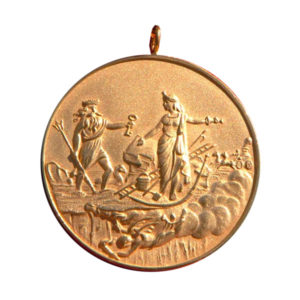- Time Period: The Great War
- Institution: 2 January 1918
- Country: United States
The Distinguished Service Cross (or DSC) is the second-highest United States Army military award. It is given for extreme gallantry and risk of life in actual combat with an armed enemy force. This award was established by President Woodrow Wilson on January 2, 1918, during World War I.
The act or acts of heroism required for the Distinguished Service Cross must have been so notable and have involved risk of life so extraordinary as to set the individual apart from his or her comrades. These are of such degree that are above those required for all other U.S. combat decorations except the Medal of Honor.
While the Distinguished Service Medal is awarded to persons in recognition of service to the government, the Cross is only awarded for actions in combat.
The History of the Distinguished Service Cross
The award was first given during World War I, although a number of them were made for actions before WW1 to soldiers who had received a Certificate of Merit for gallantry. Others were belated recognition of actions in the Philippines during the Boxer Rebellion and on the Mexican Border.
During World War II, just over 5,000 awards were made. Only three men received the medal three times: Lieutenant Colonel John C. Meyer, Major General James A. Van Fleet, and Master Sergeant Llewellyn Chilson. A little over fifty soldiers and one sailor received two Distinguished Service Crosses in WW2.
Over 800 awards, over 300 posthumous, were given in the Korean War, and over 1,000 in the Vietnam War (almost 400 of which were posthumous).
The Distinguished Service Cross Design
The Distinguished Service Cross award is a cross made of bronze and measures 2 inches in height and 1 13⁄16 inches in width.
The obverse shows an eagle in the center and a scroll below the eagle bearing the inscription “FOR VALOR.” On the reverse, the center of the cross is circled by a wreath with a space for engraving the name of the recipient. The Distinguished Service Cross was originally designed by J. Andre Smith, an artist employed by the United States Army during World War I.
During World War I, 6,309 awards of the Distinguished Service Cross were made to 6,185 recipients. In the aftermath of The Great War, 62 awards were made for actions in North Russia and Siberia during the Russian Civil War and approximately 132 retroactive awards were made for actions in previous conflicts. During World War II, just over 5,000 awards were made.
American Soldiers That Earned a
Distinguished Service Cross
Here are five individuals who earned the Distinguished Service Cross. They represent just a few examples of the many brave soldiers who have earned this award for their exceptional courage and selflessness in the face of danger.
Audie Murphy, a highly decorated American soldier and actor, earned the Distinguished Service Cross for his actions during World War II. He received the medal for his heroic leadership and valor in combat, including single-handedly holding off a German attack.
Alvin C. York, a World War I soldier, was awarded the Distinguished Service Cross for his extraordinary actions during the Meuse-Argonne Offensive in 1918. He led an attack on a German machine gun nest, capturing 132 enemy soldiers and helping to secure the success of his unit.
Charles Lindbergh, the renowned aviator, received the Distinguished Service Cross for his pioneering transatlantic flight in 1927. The award recognized his significant contribution to aviation and the advancement of airmail services.
Theodore Roosevelt Jr., the son of President Theodore Roosevelt, was posthumously awarded the Distinguished Service Cross for his actions during the D-Day invasion of Normandy in World War II. Despite being suffering from arthritis and heart problems, he landed with the first wave of troops and provided invaluable leadership during the assault.
Roy Benavidez, a member of the U.S. Army Special Forces, earned the Distinguished Service Cross for his heroic actions during the Vietnam War. He saved the lives of numerous fellow soldiers during a six-hour battle, despite being severely wounded himself.
